
Discover the neighborhood of Santa Teresa
Santa Teresa, the neighborhood of Rio de Janeiro that retain its colonial charm
Santa Teresa is located on top of the Santa Teresa hill and presents a magnificent view of the city. It is one of the few neighborhoods to resist development in order to retain its colonial charm. It is famous for its winding, narrow streets and for being an artistic hotspot. The construction of Santa Teresa in the 18th century convent marked the beginning of the development of this neighborhood. Its natural scenery, the pleasant atmosphere and easy access to downtown Rio make this an attractive neighborhood. It is currently a popular tourist site as the area has its fair share of restaurants with live music, cultural centers and other attractions. Its bars and nightclubs are popular with both natives and tourists. This neighborhood has the only remaining streetcar line so make sure to go for a ride. Hiring a guide is recommended, as Santa Teresa is not easy to master.
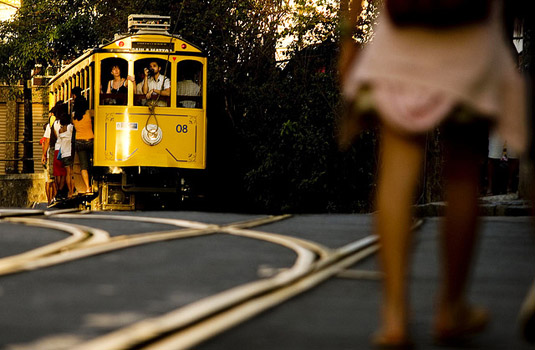
Santa Teresa History
The history of Santa Teresa revolves around the convent. In 1750, sisters Jacinta and Francisca Rodrigues Ayres started working on establishing a convent on Morro do Desterro. After the convent was established, it drew in more residents. The neighborhood was also protected from a cholera epidemic in the late 19th century thus boosting its development. Over the years, Santa Teresa has grown to be one of the most beautiful neighborhoods in Rio.
Geography
Santa Teresa is located just 5 minutes away from downtown and 15 minutes away from Ipanema and Copacabana.
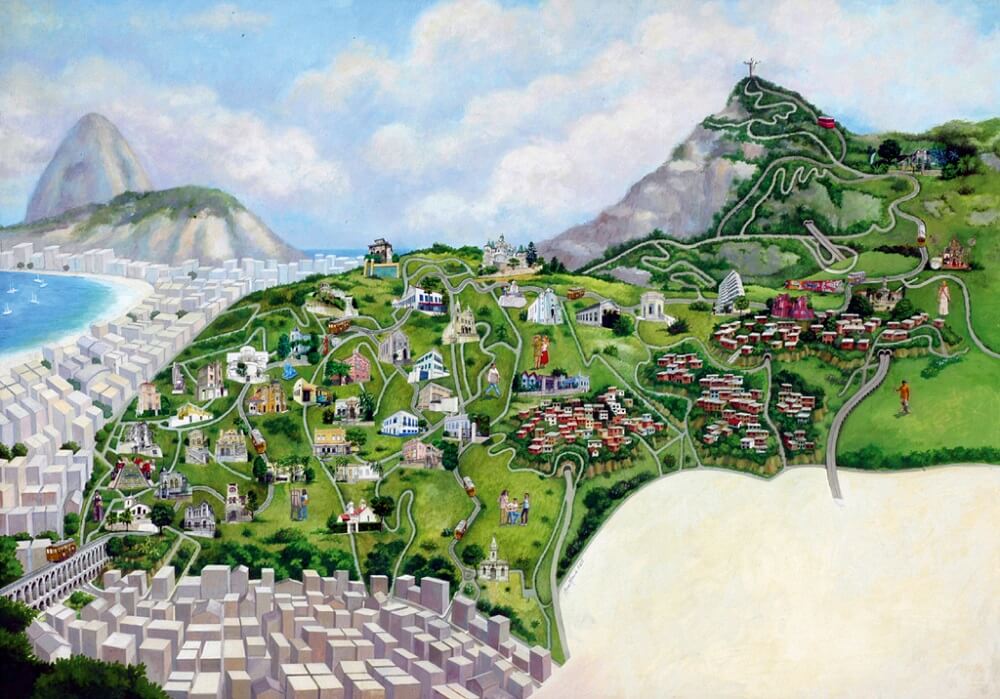
Highlights
In terms of tourist attractions, Santa Teresa has a lot to offer visitors. The Bondinho de Santa Teresa is an experience that should not be missed. The only remaining streetcar line connects Santa Teresa to Largo da Carioca. The streetcar passes by the Acros da Lapa to get to Santa Teresa. However, plan your day, as the interval time between street cars can range between 30 to 60 minutes and the queues can get quite long. Also, make sure to always be seated as sudden movements can rock the streetcar which may result in an accident. On weekends, there are tourist streetcars routes with guides so you can enjoy the ride while getting to know more about the history of the city.
Convent of Santa Teresa
The convent of Santa Teresa can be described as the heart of the neighborhood. The chapel built by Antonio Gomez do Desterro dates back to 1629. Nuns Francisca and Jacinta Rodrigues Ayres are credited with being the founders of the convent. They sought the help of Count of Bobadella for the project. The church can only be visited during mass.
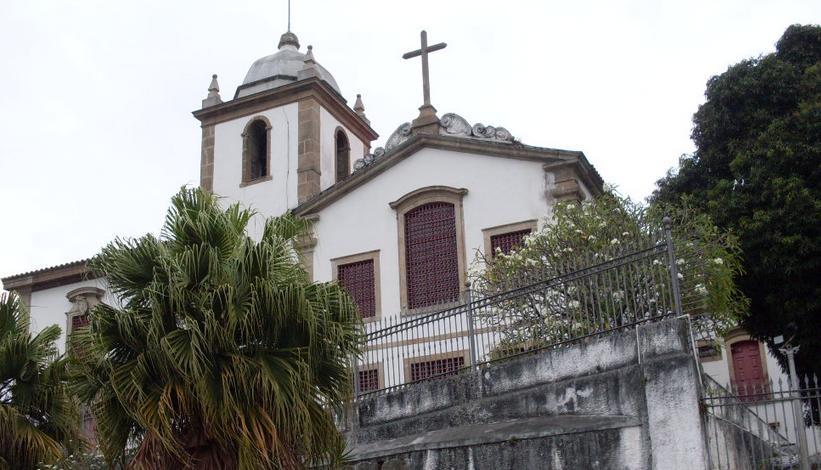
Museu da Chacara do Céu
The Museu da Chacara do Céu was inaugurated in 1972 and features work by Picasso, Dali, Monet and famous artists plus Chinese sculptures from the Shung dynasty, modern sculptures by Brazilian artists, Brazilian paintings including Di Cavalcanti and Portinari and a number of landscape paintings featuring old Rio. The museum is a mansion which occupies 18 thousand square meters. It was built in 1957 by Vladimir Alves de Sousa and the gardens by Burle Marx. It offers the best view of downtown, Guanabara Bay and Corvocado Hill. The rooms are furnished with jacaranda wood oriental rugs and original pieces of furniture used by Raymundo de Castro Maia.
Parque Das Ruínas
The Parque Das Ruínas- Centro Cultural Laurinda Lobo was originally a mansion occupied by Laurinda who played an important role in the social history of Rio. However, since the mansion was in such a state of ruin only a part of it was restored and was used for concerts and open air shows.
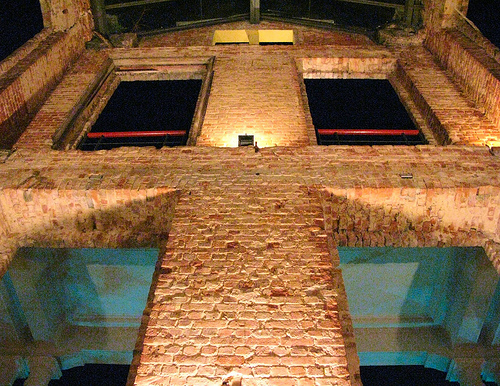
Escadaria Selaron
The Escadaria Selaron is the beautiful staircase from Convento de Santa Teresa to Rua Joaquim Silva. Each step is unique and is made from ceramic, mirrors and tiles from all over the world. It is an ongoing project of Chilean artist Selaron, so do make it a point to marvel at his wonderful creations.
Largo do Guimarães
The Largo do Guimarães is located in the heart of the neighborhood on Rua Almirante Alexandrino. This square is filled with bars, restaurants, handicraft shops and is the center of carnival activities.
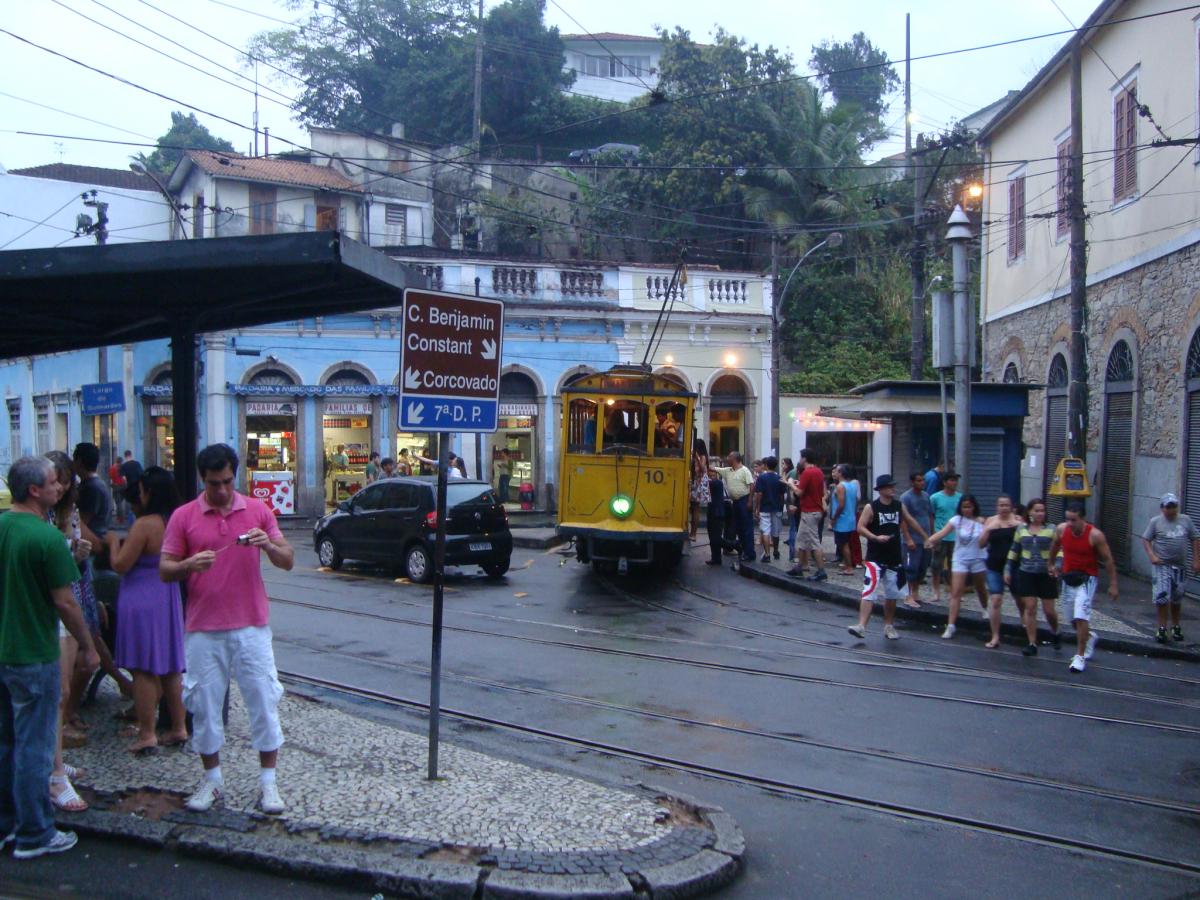
Nightlife
Santa Teresa is a quiet neighborhood with a nightlife that isn’t even half as vibrant as the other neighborhoods. The narrow alleys and small streets make the neighborhood more dangerous thus it is not advisable to venture out alone at night. However, as long as you take precautionary measures you can still have a fairly good time. The bulk of the bars are located around Largo dos Guimares and the slopes leading downtown. Avoid the alleys and stick to the business areas and shops.
Shopping
As a tourist you would like to take back home some handicrafts as souvenirs. Local artisans are well known for their handmade dolls, paintings, baskets, porcelain and woven rugs.
Eateries
Santa Teresa offers you diverse options to whet your appetite. Almirante Alexandrino Street is famous for its restaurants. Try the Galinhada, which is farm chicken sausage from Minas Gerais, steamed with cabbage and bananas. Try the Feijoada, which is a tasty and affordable traditional dish. However, this is on the menu only on specific days of the week. If you're not in the mood to eat anything too heavy, try the appetizers from the bars there, which are popular with tourists as well as the locals.
It's Carnival Time
Enjoy specials deals for Rio Carnival 2023
